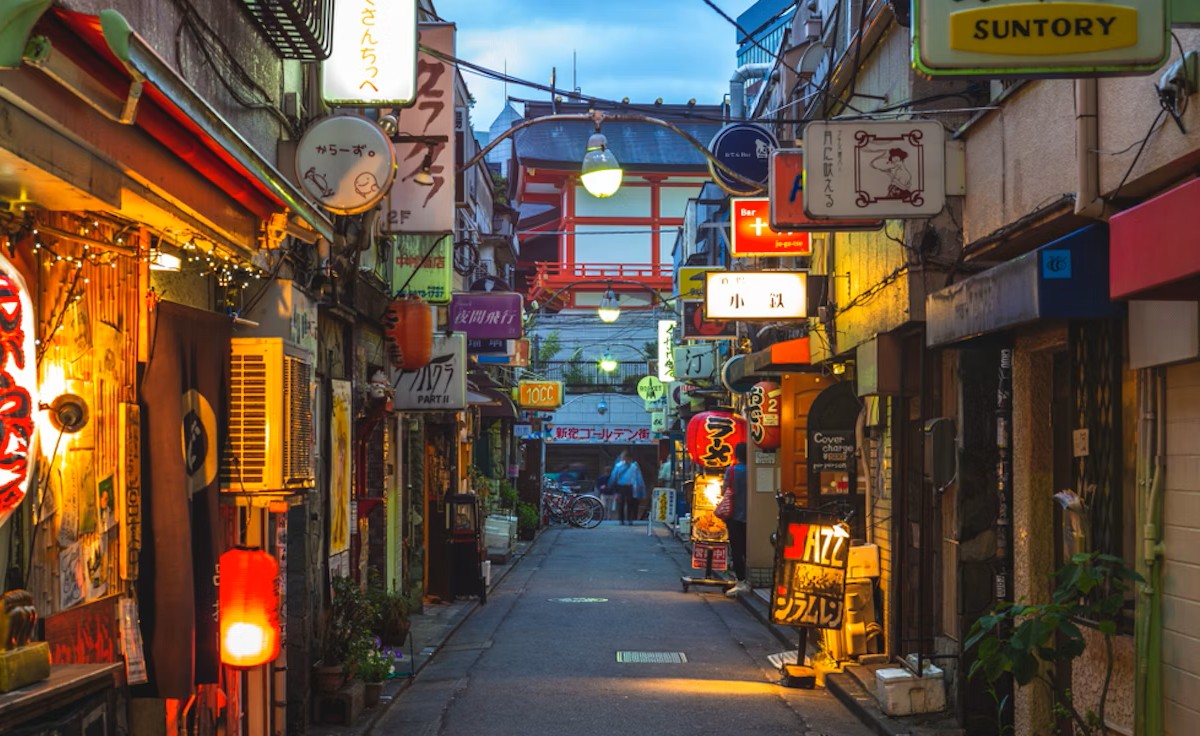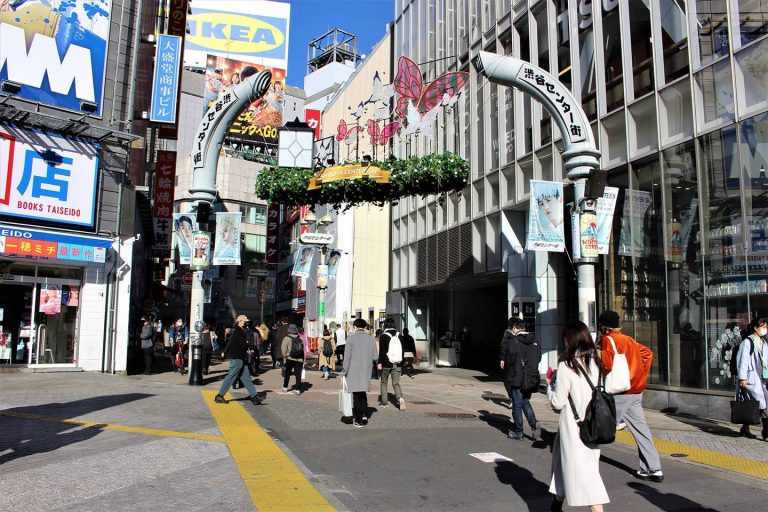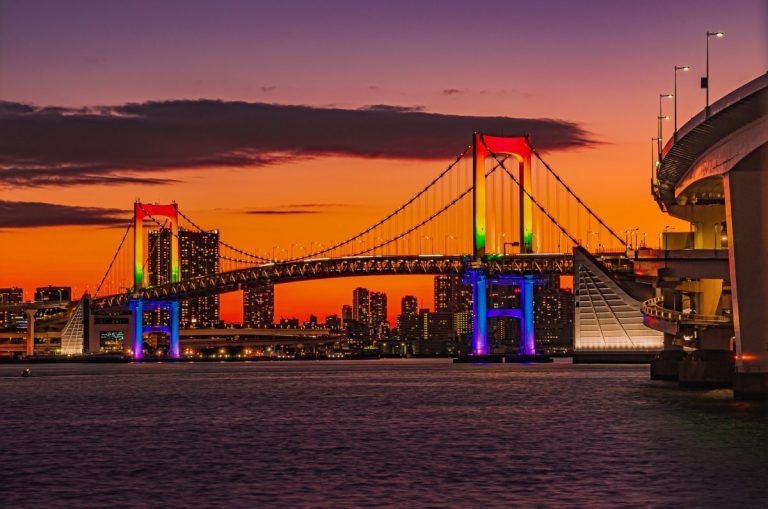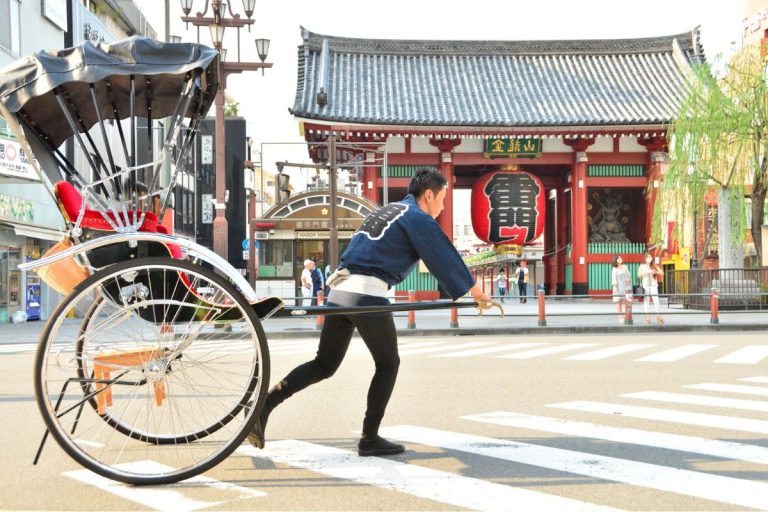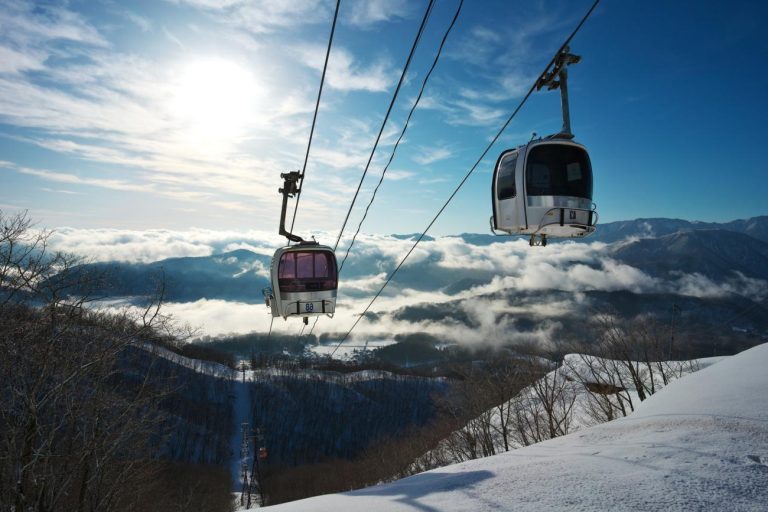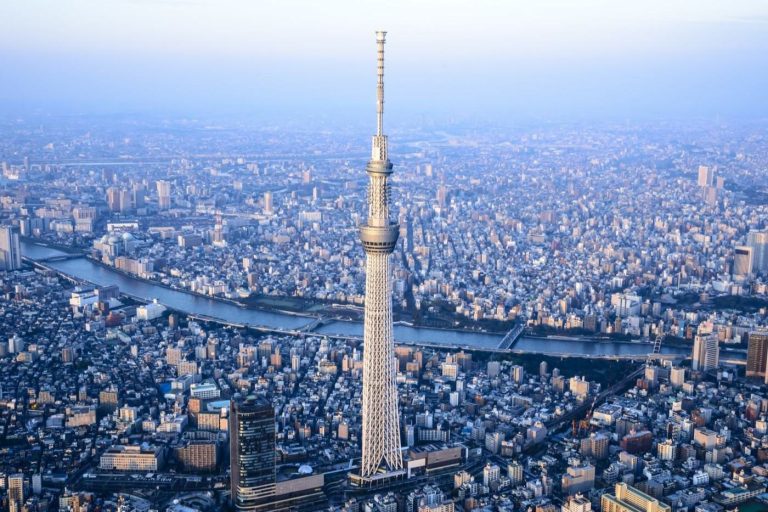The journey from Tokyo’s bustling Shinjuku district to the serene mountain town of Nikko offers one of Japan’s most rewarding day trips. This UNESCO World Heritage destination sits just 125 kilometers north of Tokyo, making it perfectly accessible for travelers seeking ancient temples, stunning waterfalls, and traditional hot springs. Whether you’re planning a quick day excursion or an extended stay, understanding your transportation options and what awaits you in Nikko will help you make the most of this incredible destination.
Overview of Travel from Shinjuku to Nikko
Traveling between Shinjuku and Nikko has become increasingly convenient thanks to the joint operation between JR East and Tobu Railway. The Limited Express Nikko service provides a direct connection that eliminates the need for multiple transfers, making this historic destination more accessible than ever before.
Distance and Accessibility
The route covers approximately 125 kilometers of diverse Japanese landscape, transitioning from Tokyo’s urban sprawl to the mountainous terrain of Tochigi Prefecture. The journey takes you through several prefectures, offering glimpses of suburban neighborhoods, rural farmland, and eventually the forested hills surrounding Nikko. This accessibility makes Nikko one of the most popular day trip destinations from Tokyo, attracting both domestic and international visitors year-round.
Travel Time and Train Options
The Limited Express Nikko completes the journey in approximately 2 hours, operating as a refurbished six-car #253 series train. This service runs one daily regular return trip, with additional peak-period services during holidays and busy seasons. The train features multilingual announcements and comfortable seating, making it an excellent choice for international travelers. Alternative routes include taking local trains via Utsunomiya, though this requires transfers and takes considerably longer.
Seat Reservations and Surcharges
All passengers must make seat reservations for the Limited Express Nikko, and the service requires an additional surcharge beyond the basic fare. Total costs range from approximately 710 yen to 4,000 yen depending on your departure station and seat type. The reservation system ensures you’ll have a guaranteed seat, which is particularly valuable during busy periods when the train often reaches capacity.
Key Stations along the Route
The Limited Express Nikko makes strategic stops at major transportation hubs, each offering unique attractions and connection opportunities for travelers.
Tobu Nikko Station
Tobu Nikko Station serves as the primary gateway to the UNESCO World Heritage sites. Located just minutes from the main shrine complex, this station provides easy access to Nikko’s most famous attractions. The station building itself reflects traditional Japanese architecture, setting the tone for your cultural experience. Local buses and taxis are readily available for destinations beyond walking distance.
Shimo-Imaichi Station
This station provides access to the famous Kinugawa Onsen hot spring resort area. Many travelers use this stop as a base for exploring the region’s numerous hot spring facilities and traditional ryokans. The area around Shimo-Imaichi offers a more relaxed atmosphere compared to central Nikko, with several hiking trails and scenic viewpoints nearby.
Tochigi Station
Tochigi Station serves a historic city known for its well-preserved Edo-period architecture and traditional warehouses. The area features several museums and cultural sites that showcase regional history and crafts. This stop is particularly popular with travelers interested in experiencing authentic Japanese culture away from the more touristy destinations.
Omiya Station
As a major transportation hub, Omiya Station connects to multiple shinkansen lines including the Tohoku, Joetsu, and Hokuriku routes. This makes it an important transfer point for travelers coming from other regions of Japan. The station area features extensive shopping and dining facilities, making it convenient for picking up supplies or meals.
Ikebukuro Station
Ikebukuro represents one of Tokyo’s major commercial districts, known for its massive department stores, entertainment facilities, and diverse dining options. The station serves as an important intermediate stop, and many travelers use the Ikebukuro to Odaiba bus route for additional sightseeing opportunities in Tokyo. The area around the station offers everything from budget accommodations to luxury hotels.
Shinjuku Station
Shinjuku Station, one of the world’s busiest railway stations, serves as the Tokyo terminus for the Limited Express Nikko. The station’s west exit provides easy access to government buildings and business districts, while the east side features major shopping and entertainment areas. For travelers arriving at Haneda Airport, the Haneda to Shinjuku Express Bus service offers convenient connections to this departure point.
Cultural and Historical Attractions in Nikko
Nikko’s designation as a UNESCO World Heritage site reflects its exceptional collection of religious and cultural treasures, each telling part of Japan’s fascinating history.
Nikko Toshogu Shrine
This elaborate shrine complex honors Tokugawa Ieyasu, the founder of the Tokugawa shogunate that ruled Japan for over 250 years. The shrine underwent major restoration work completed in 2017, revealing the intricate craftsmanship and vibrant colors that make it one of Japan’s most spectacular religious sites. Famous sculptures include the legendary ‘Three Wise Monkeys’ and the ‘Sleeping Cat,’ both masterpieces of traditional Japanese wood carving.
Futarasan Jinja
Dedicated to the deities of Nikko’s three sacred mountains, Futarasan Jinja represents one of the oldest religious sites in the region. The shrine’s simple, elegant architecture contrasts beautifully with the ornate Toshogu Shrine nearby. Visitors often appreciate the peaceful atmosphere and the opportunity to participate in traditional prayer rituals.
Rinnoji Temple
Founded in 766, Rinnoji Temple predates the more famous Toshogu Shrine by centuries. The temple’s main hall houses three massive golden statues representing the Buddhist manifestations of Nikko’s mountain deities. The temple grounds include beautiful gardens that showcase seasonal flowers and provide quiet spaces for reflection.
Kegon Waterfall
This spectacular 97-meter waterfall ranks among Japan’s three most beautiful waterfalls. The falls are particularly stunning during autumn when surrounded by brilliant fall foliage, though they offer impressive views year-round. An elevator provides access to an observation platform near the base of the falls, offering different perspectives of this natural wonder.
Lake Chuzenji
Formed by volcanic activity approximately 20,000 years ago, Lake Chuzenji sits at an elevation of 1,269 meters, making it one of Japan’s highest natural lakes. The lake historically served as a summer retreat for foreign diplomats and missionaries during the Meiji period. Today, it offers boat cruises, hiking trails, and stunning mountain reflections that change dramatically with the seasons.
Accommodation Options in Nikko
Nikko provides lodging options for every budget and travel style, from traditional ryokans to modern hotels and budget-friendly guesthouses.
Budget Guesthouses
Nikko Guesthouse Sumica and Okunikko Guesthouse JUN offer affordable accommodations with shared facilities and friendly atmospheres. These guesthouses often provide opportunities to meet fellow travelers and receive local recommendations from knowledgeable staff. Many budget options include basic breakfast and are located within walking distance of major attractions.
Luxury Ryokans
Honke Bankyu represents the pinnacle of traditional Japanese hospitality, featuring authentic hot spring baths, exquisite kaiseki cuisine, and rooms with stunning mountain or lake views. These establishments provide complete cultural immersion experiences, including traditional bedding, seasonal menus, and opportunities to participate in tea ceremonies or other cultural activities.
Hotels with Hot Springs
Hotel Hanaan combines modern amenities with traditional hot spring facilities, offering the best of both worlds for international travelers. These hotels typically feature both indoor and outdoor baths, allowing guests to enjoy the therapeutic benefits of natural hot springs while maintaining familiar comfort levels. Many also offer Western-style rooms alongside traditional Japanese accommodations.
Transportation within Nikko
Once you arrive in Nikko, several transportation options help you navigate between attractions efficiently and affordably.
Tobu and JR Stations
Both Tobu-Nikko and JR Nikko stations are located close to each other and within walking distance of the main shrine complex. The stations provide tourist information, luggage storage, and rental services. Most visitors find they can walk to the primary UNESCO World Heritage sites, though buses are available for those preferring not to walk.
World Heritage Meguri Loop Bus
This convenient loop bus connects all major attractions within central Nikko, including the shrine complex, temples, and nearby hotels. The service is covered by many rail passes, making it an economical choice for pass holders. Buses run frequently throughout the day, with clear English signage and announcements for international visitors.
Bus Connections to Lake Chuzenji
Regular bus services connect central Nikko to Lake Chuzenji and the surrounding Okunikko area. These buses provide access to hiking trails, additional hot springs, and scenic viewpoints that would otherwise be difficult to reach. Unlimited ride passes are available for visitors planning to explore multiple destinations in the broader Nikko region.
Tour Options from Shinjuku to Nikko
Organized tours provide hassle-free alternatives for visitors who prefer guided experiences or have limited time for independent travel planning.
Day Tour Highlights
Popular day tours typically include visits to Nikko Toshogu Shrine, Kegon Waterfall, and Lake Chuzenji, with some packages incorporating hot spring experiences. These tours provide English-speaking guides who offer historical context and cultural insights that enhance the overall experience. Transportation, entrance fees, and sometimes meals are included in most packages.
Tour Pricing and Packages
Day tour prices start around USD 81.55, varying based on included attractions, meal options, and group sizes. Premium packages may include traditional lunch experiences, additional shrine visits, or extended time at hot spring facilities. Many tours offer pickup and drop-off services from major Tokyo hotels, adding convenience for visitors staying in different areas.
Booking Information
Tours typically depart from designated meeting points such as the Shinjuku Sumitomo Mitsui Shinjuku West Exit Branch Building. Advanced booking is recommended, especially during peak seasons like autumn foliage and spring cherry blossom periods. Many tour operators offer cancellation policies and weather-related adjustments for outdoor activities.
Travel Tips for Visiting Nikko
Successful Nikko visits require consideration of seasonal factors, transportation passes, and timing to maximize your experience.
Best Time to Visit
Spring brings beautiful cherry blossoms to the shrine grounds and surrounding mountains, while autumn offers spectacular fall foliage that attracts visitors from around the world. Summer provides comfortable hiking weather and access to higher elevation areas, though it can be crowded. Winter offers fewer crowds and beautiful snow-covered landscapes, though some mountain areas may be inaccessible.
Seasonal Traffic Considerations
Autumn foliage season brings heavy traffic and crowded conditions, particularly on weekends and holidays. Spring cherry blossom season also sees increased visitor numbers. Planning weekday visits during these peak periods can help avoid the worst crowds. Winter visits offer the most peaceful experience but require checking seasonal closures for mountain attractions.
Using Rail Passes
The Tokyo Wide Pass and JR East Pass cover the Limited Express Nikko, making them excellent value for visitors planning multiple trips. However, JR Passes are not valid on Tobu Railway services, so pass holders should stick to JR routes or purchase separate tickets. Some passes also cover local bus services within Nikko, providing additional savings for extensive exploration.
Frequently Asked Questions
How long does it take to travel from Shinjuku to Nikko?
The journey takes approximately 2 hours via the Limited Express Nikko train.
What are the key attractions in Nikko?
Key attractions include Nikko Toshogu Shrine, Futarasan Jinja, Rinnoji Temple, Kegon Waterfall, and Lake Chuzenji.
Do I need to make seat reservations for the Limited Express Nikko?
Yes, all passengers must make seat reservations for the Limited Express Nikko and pay an additional surcharge.
What is the best time to visit Nikko?
The best time to visit is during spring for cherry blossoms or autumn for fall foliage, though each season offers unique experiences.
Are there organized tours available from Shinjuku to Nikko?
Yes, organized day tours are available, which typically include major attractions, transportation, and sometimes meals.
Embarking on a Journey to Nikko
A trip from Shinjuku to Nikko promises an unforgettable blend of history, culture, and breathtaking scenery. With convenient travel options and a wealth of attractions, visitors can explore the beauty of this UNESCO World Heritage site while enjoying the rich traditions of Japan.
